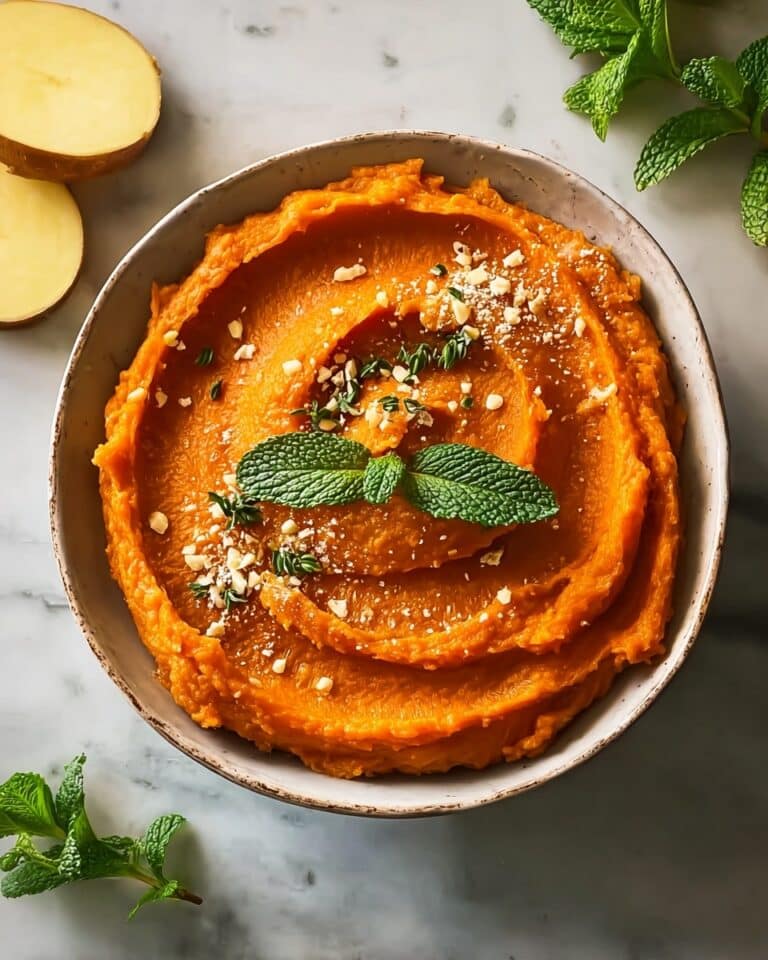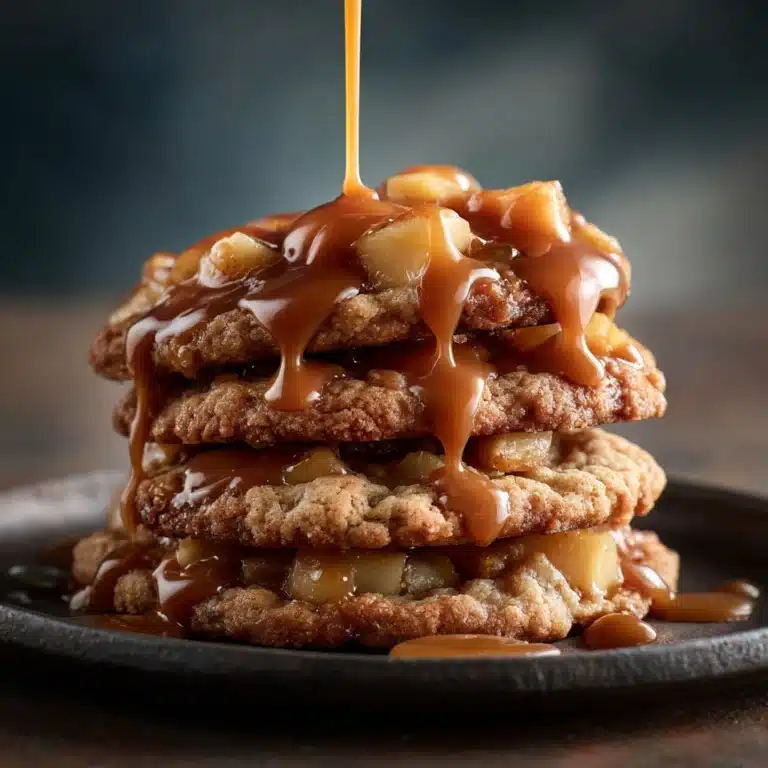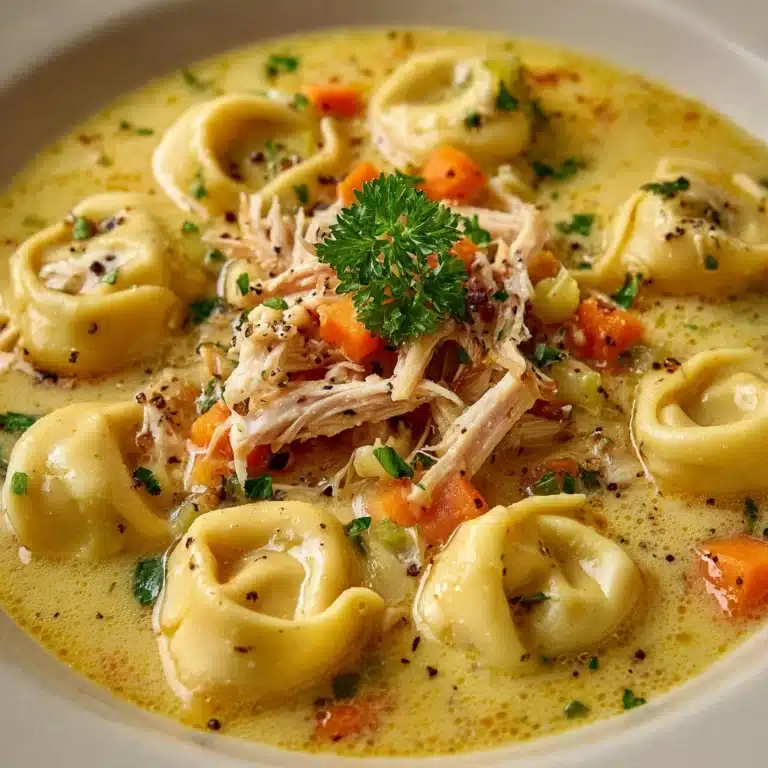If you’ve ever dreamed of making your own fresh cheese at home that bursts with creamy, fluffy goodness, then get ready because This Sicilian Homemade Ricotta Cheese Recipe is about to become your new kitchen favorite. It’s surprisingly simple to make with just a handful of wholesome ingredients, yet the flavor and texture you get surpass anything store-bought. Made the traditional way, this ricotta is soft, subtle, and versatile—perfect whether you’re dolloping it on pasta, folding it into desserts, or enjoying it fresh with a drizzle of honey. Trust me, once you try this recipe, fresh ricotta will no longer be just a special treat but a delightful staple in your fridge.

Ingredients You’ll Need
One of the best things about This Sicilian Homemade Ricotta Cheese Recipe is how straightforward the ingredient list is—each component has a key role in creating that lovely creamy texture and delicate taste you adore.
- 1 gallon whole milk (not ultra-pasteurized): This is the star base for your ricotta, providing a rich and natural creaminess that ultra-pasteurized milk can’t match.
- 1/2 cup heavy cream (optional): Adding cream boosts the smoothness and richness, making the ricotta even more luscious if you’re feeling indulgent.
- 1/3 cup distilled white vinegar or fresh lemon juice: The acid that gently curdles the milk, separating curds from whey — fresh lemon juice offers a slightly brighter flavor.
- 1 teaspoon salt: Just enough to enhance the natural dairy sweetness and bring balance to the cheese.
How to Make This Sicilian Homemade Ricotta Cheese Recipe
Step 1: Gently Heat the Milk and Cream
Begin by pouring your whole milk and optional heavy cream into a large, heavy-bottomed pot. Place it over medium heat and stir occasionally to avoid scorching the bottom. Your goal here is to warm the milk slowly until it hits 190°F (88°C), which is just shy of boiling. At this stage, you’ll see little bubbles forming around the edges and the mixture will be hot enough to invite those magic curds to form.
Step 2: Acidify to Separate Curds and Whey
Remove the pot from heat and gently stir in your vinegar or lemon juice plus the salt. Stir softly one or two times then let the pot sit undisturbed for 5 to 10 minutes. During this wait, watch the transformation as the milk curdles, and you’ll notice the curds (the solid white bits) separating clearly from the translucent yellowish whey. It’s such a simple process but absolutely mesmerizing!
Step 3: Drain the Curds
Next, line a colander with cheesecloth or a clean, thin kitchen towel and place it atop a large bowl to catch the draining whey. Slowly ladle or pour the curds into the cloth-lined colander. Let the curds drain anywhere from 15 to 30 minutes depending on your preferred texture—less time for creamy, soft ricotta; longer if you want it a bit firmer and more sliceable. This step is where you can really customize the cheese to your liking.
Step 4: Transfer and Enjoy or Store
Once drained, transfer your freshly made ricotta to a bowl and give it a gentle stir. Now it’s ready to enjoy immediately, or you can refrigerate it in an airtight container for up to five days. Fresh, homemade, and packed with love—this ricotta is a treasure worth savoring.
How to Serve This Sicilian Homemade Ricotta Cheese Recipe

Garnishes
Fresh ricotta is a blank canvas begging for a simple finishing touch. Consider sprinkling a pinch of black pepper and a drizzle of extra-virgin olive oil for an elegant yet rustic bite. Or, for a sweet twist, drizzle some honey and scatter fresh fruits like figs or berries to elevate your dish into a lovely breakfast or dessert.
Side Dishes
This versatile cheese pairs wonderfully with classic Italian dishes. Add a dollop to a warm plate of lasagna to lend a creamy texture or spoon it into stuffed pasta like ravioli and cannoli. You can also serve it alongside crisp crusty bread or fresh vegetables for a light, satisfying snack.
Creative Ways to Present
Think beyond plain scoops! Blend your ricotta with fresh herbs, lemon zest, or roasted garlic to create delicious spreads for crostini. Or incorporate it into pancakes and cheesecakes for a tender, moist crumb. This Sicilian Homemade Ricotta Cheese Recipe will inspire so many creative culinary adventures in your kitchen.
Make Ahead and Storage
Storing Leftovers
After you’ve made this ricotta, storing leftovers properly is key to maintaining that fresh taste. Keep it in a tightly sealed container in the refrigerator and consume within five days. Always use a clean spoon to avoid contamination, and expect the texture to mellow slightly but remain delicious.
Freezing
While freezing ricotta is possible, it’s generally not recommended because it can alter the creamy texture when thawed. If you must freeze it, transfer to an airtight container and freeze for up to two months. Thaw slowly in the fridge and stir gently before use, keeping in mind it may be best suited for cooked dishes afterward.
Reheating
Ricotta is best enjoyed fresh or cold, but if reheating is desired (such as in pasta dishes), do so gently to maintain creaminess. Heat on low in a saucepan or microwave in short intervals, stirring along the way to prevent curdling or drying out.
FAQs
Can I use skim or low-fat milk instead of whole milk?
For the best texture and creaminess, whole milk is recommended. Skim or low-fat milk will work but your ricotta will be less rich and may have a drier texture.
Why should I avoid ultra-pasteurized milk?
Ultra-pasteurized milk undergoes high heat treatment that changes protein structures, making it harder for the milk to curdle properly and yield good curds for ricotta.
What can I do with the leftover whey?
Don’t discard the whey! It’s fantastic for adding to soups, stews, or even your next batch of bread dough for extra nutrition and flavor.
How long does this homemade ricotta last?
Stored in an airtight container in the refrigerator, this ricotta will stay fresh for about 5 days. Always check for any off smells or mold before consuming.
Is this recipe suitable for vegetarians?
Absolutely! This Sicilian Homemade Ricotta Cheese Recipe uses no animal rennet and is perfect for vegetarian diets.
Final Thoughts
Making ricotta from scratch at home is one of those simple pleasures that feels truly rewarding, and This Sicilian Homemade Ricotta Cheese Recipe brings the authentic flavors of Italy right into your kitchen. With its ease, freshness, and versatility, I encourage you to give this recipe a try—you’ll be amazed at how something so basic can taste so spectacular. Here’s to many delicious moments ahead with your homemade ricotta!
Print
This Sicilian Homemade Ricotta Cheese Recipe
- Total Time: 30–45 minutes
- Yield: About 2 cups 1x
- Diet: Vegetarian, Gluten Free
Description
This Sicilian Homemade Ricotta Cheese recipe guides you through making fresh, creamy ricotta using simple ingredients like whole milk, cream, vinegar or lemon juice, and salt. Perfect for traditional Italian dishes or enjoying with honey and fruit, this ricotta is fresh, flavorful, and adaptable in texture based on your draining time.
Ingredients
Milk Mixture
- 1 gallon whole milk (not ultra-pasteurized)
- 1/2 cup heavy cream (optional, for extra richness)
Coagulating Agent
- 1/3 cup distilled white vinegar or fresh lemon juice
Seasoning
- 1 teaspoon salt
Instructions
- Heat the Milk and Cream: In a large, heavy-bottomed pot, warm the whole milk and optional heavy cream over medium heat, stirring occasionally to prevent scorching. Heat until the temperature reaches 190°F (88°C), just before boiling.
- Add Acid and Salt: Remove the pot from heat. Stir in the vinegar or lemon juice along with the salt gently just once or twice, allowing the milk to begin curdling.
- Let Curds Separate: Allow the mixture to sit undisturbed for 5 to 10 minutes so the curds can separate fully from the whey.
- Drain the Curds: Line a colander with cheesecloth or a clean thin dish towel placed over a large bowl. Carefully pour or ladle the curds into the lined colander, letting them drain for 15 to 30 minutes depending on the desired ricotta thickness.
- Finish and Store: For creamier ricotta, drain for less time; for firmer ricotta, drain longer. Transfer the drained ricotta to a bowl and stir gently. Use immediately or refrigerate in an airtight container for up to 5 days.
Notes
- Use fresh, high-quality milk for the best flavor and texture.
- This Sicilian-style ricotta pairs beautifully with lasagna, cannoli, or served simply with honey and fresh fruit.
- Save the leftover whey for baking bread, soups, or smoothies to add nutrition and reduce waste.
- Prep Time: 5 minutes
- Cook Time: 15 minutes
- Category: Side Dish, Basic
- Method: Stovetop
- Cuisine: Italian, Sicilian







